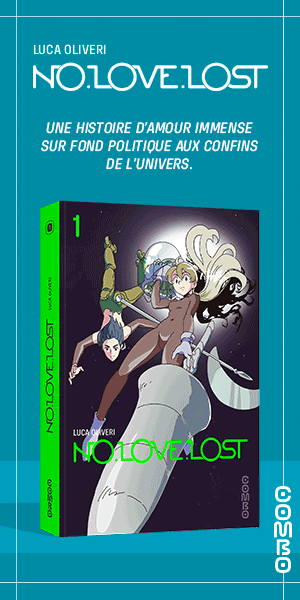The End (édition anniversaire 10 ans)
Extraits
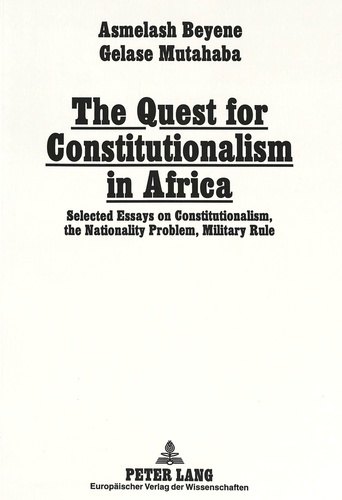
Non classé
The Quest for Constitutionalism in Africa
05/1994
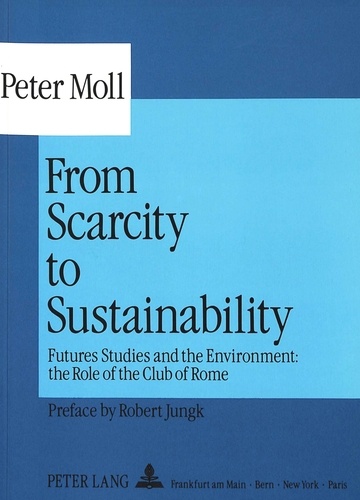
Non classé
From Scarcity to Sustainability
12/1991

Histoire et Philosophiesophie
Thinking about Physics
01/2000

Monographies
Arabian Leopard. Treasures of Alula
01/2022

Histoire et Philosophiesophie
WHY SEX MATTERS. A Darwinian Look at Human Behavior
01/2000
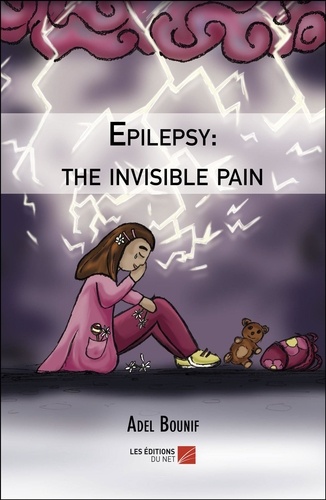
Poésie
Epilepsy: the invisible pain
01/2019

Archéologie
Exploration archéologique de Délos. Tome 46, L'Artémision Tome I, L'histoire des fouilles et le temple hellénistique
12/2021
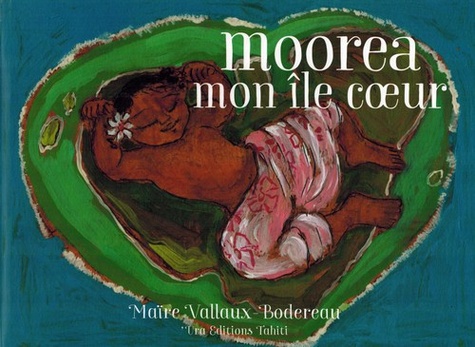
Livres 3 ans et +
Moorea, mon île coeur
01/2020

Critique littéraire
Ancient Greek by Its Translators
02/2022
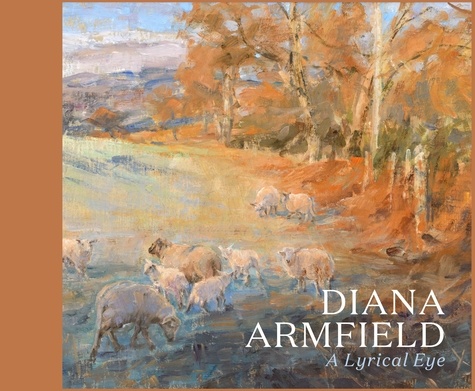
Monographies
Diana Armfield. A Lyrical Eye
06/2021

Non classé
Living in Two Worlds
05/1994
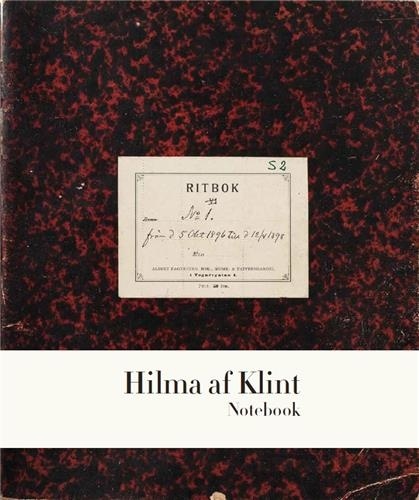
Monographies
Hilma af Klint. The Five Notebook 1
01/2022
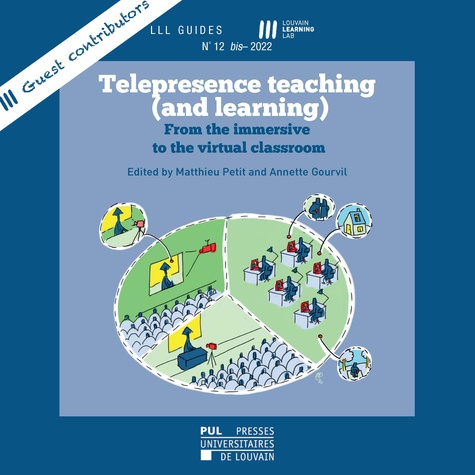
Sociologie
Cahiers du LLL n° 12 bis – Telepresence teaching (and learning). From the immersive to the virtual classroom
06/2022
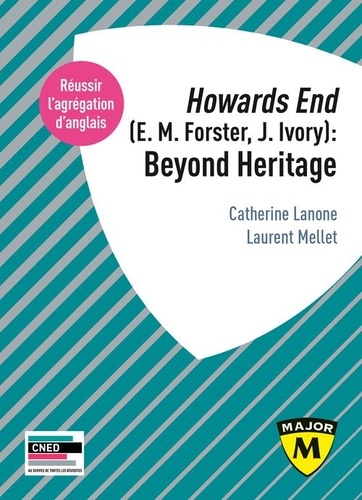
Anglais apprentissage
Agrégation anglais. Howards End (E. M. Forster, J. Ivory) : Beyond Heritage. Edition 2021
10/2019

Comics Super-héros
Flashpoint. Edition 10 ans
06/2021

Romans graphiques
Ecumes. Edition 10 ans
02/2021

Gestion
(Re)invent your business model. With the Odyssée 3.14 method
02/2022

Non classé
RoferonÎ-A in Chronic Viral Hepatitis
06/1994
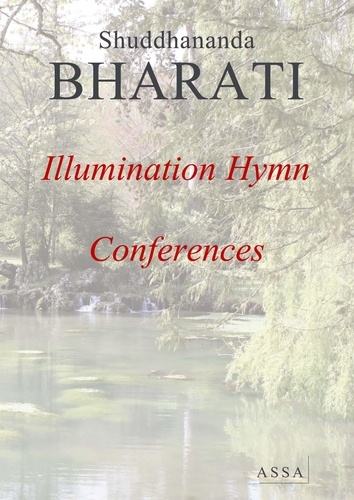
Littérature française
Illumination Hymn and Conferences
06/2014
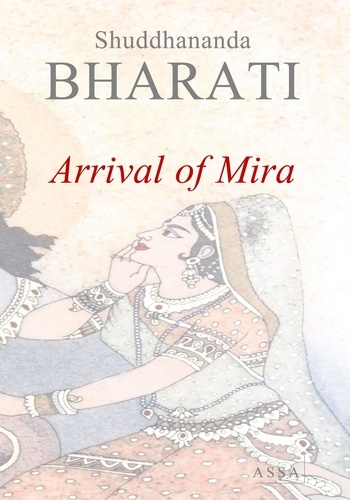
Théâtre
Arrival of Mira, Love story between Bhojan and Mira
03/2013
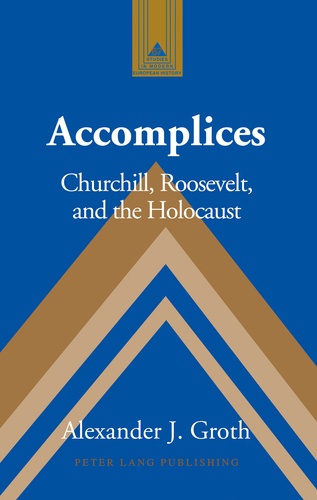
Histoire internationale
Accomplices
06/2011
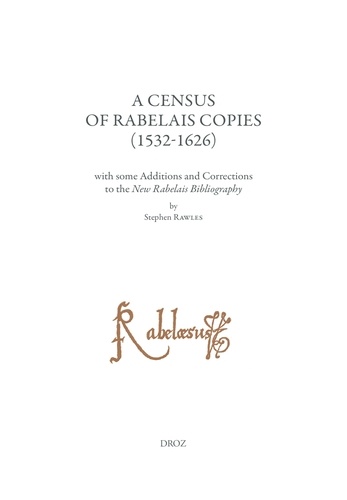
Biographies
A Census of Rabelais Copies (1532-1626) with some Additions and Corrections to the New Rabelais Bibliography. Etudes rabelaisiennes, tome LXII
03/2024
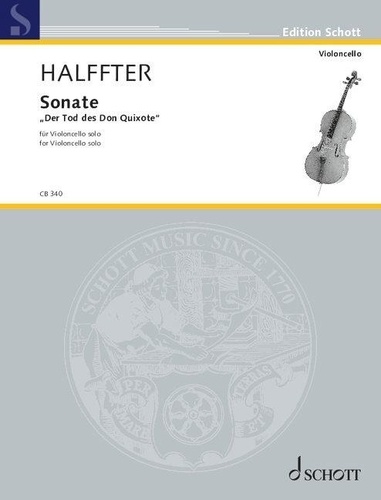
Instruments de musique
Sonate. Für Violoncello solo. cello. Edition séparée
06/2024
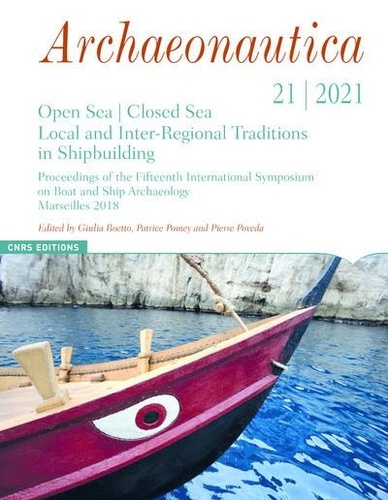
Archéologie
Archaeonautica N° 21/2021 : Open Sea / Closed Sea. Local and Inter-Regional Traditions in Shipbuilding, Textes en français et anglais
07/2021
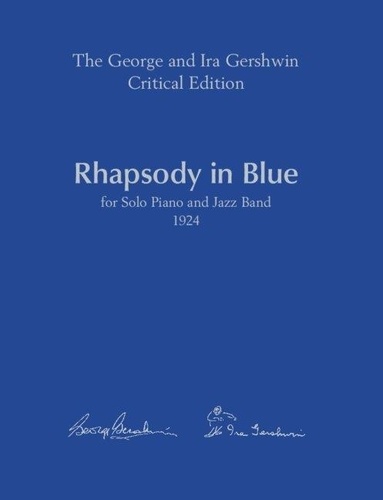
Techniques instrumentales
Rhapsody in Blue. For solo piano and jazz band (Two-Piano Score)
08/2023

Techniques instrumentales
Rhapsody in Blue. For solo piano and jazz band (Full Score)
08/2023
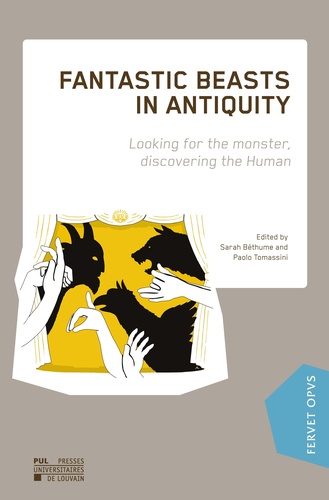
Archéologie
Fantastic Beasts in Antiquity. Looking for the monster, discovering the Human, Textes en français et anglais
02/2021

Sciences politiques
Organizing after Crisis. The Challenge of Learning
03/1994
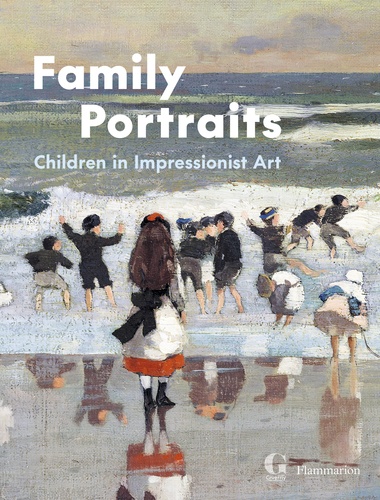
Ecrits sur l'art
Family Portraits. Children in Impressionist Art
04/2024
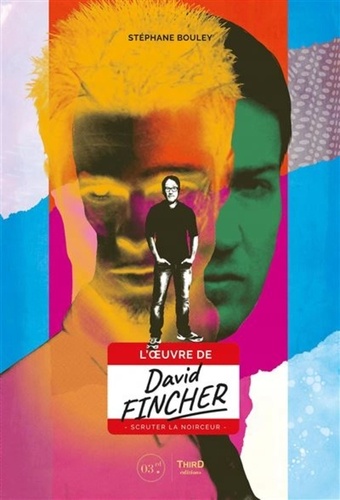
Cinéastes, réalisateurs
L'oeuvre de David Fincher. Scruter la noirceur
11/2022

